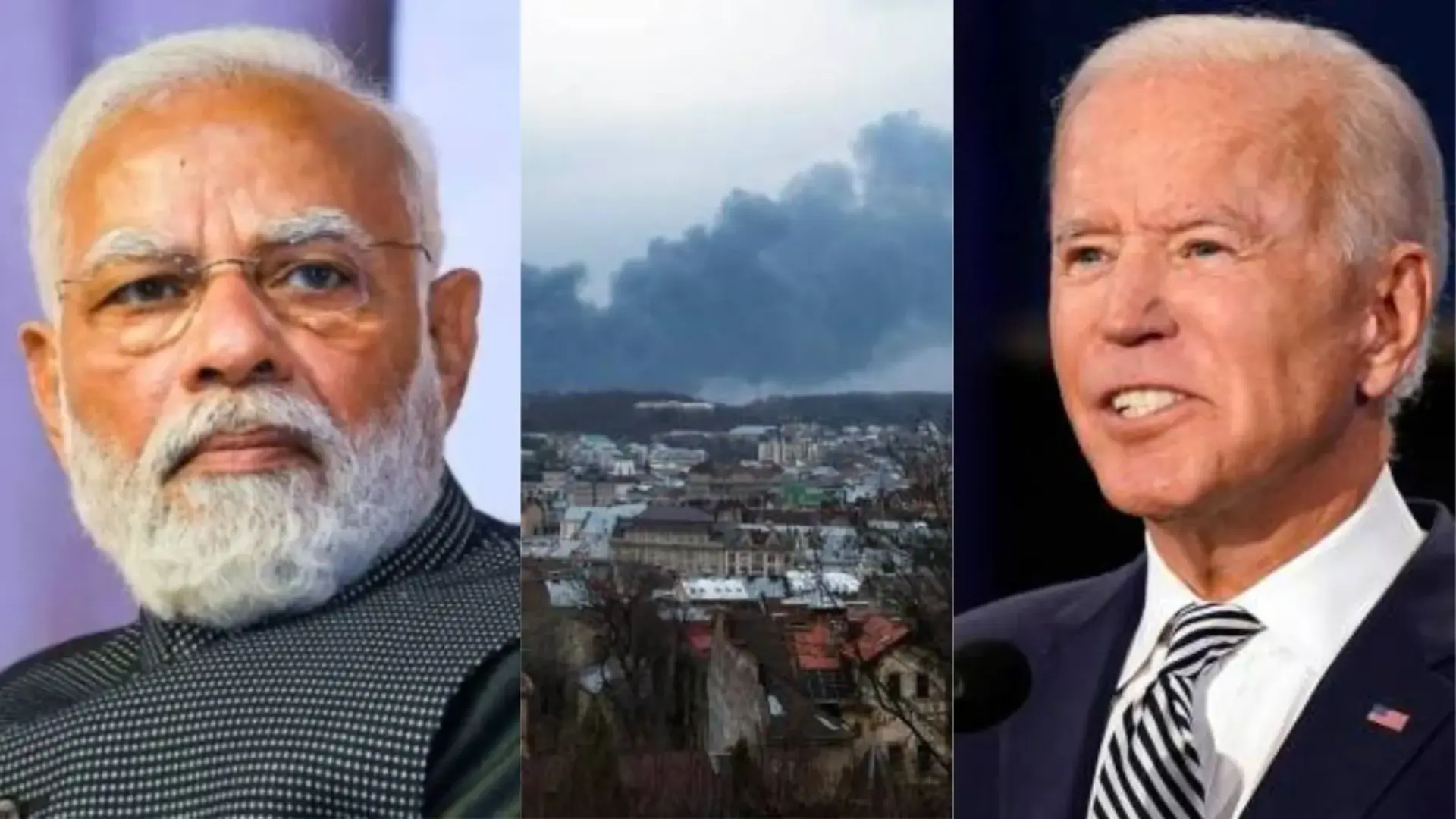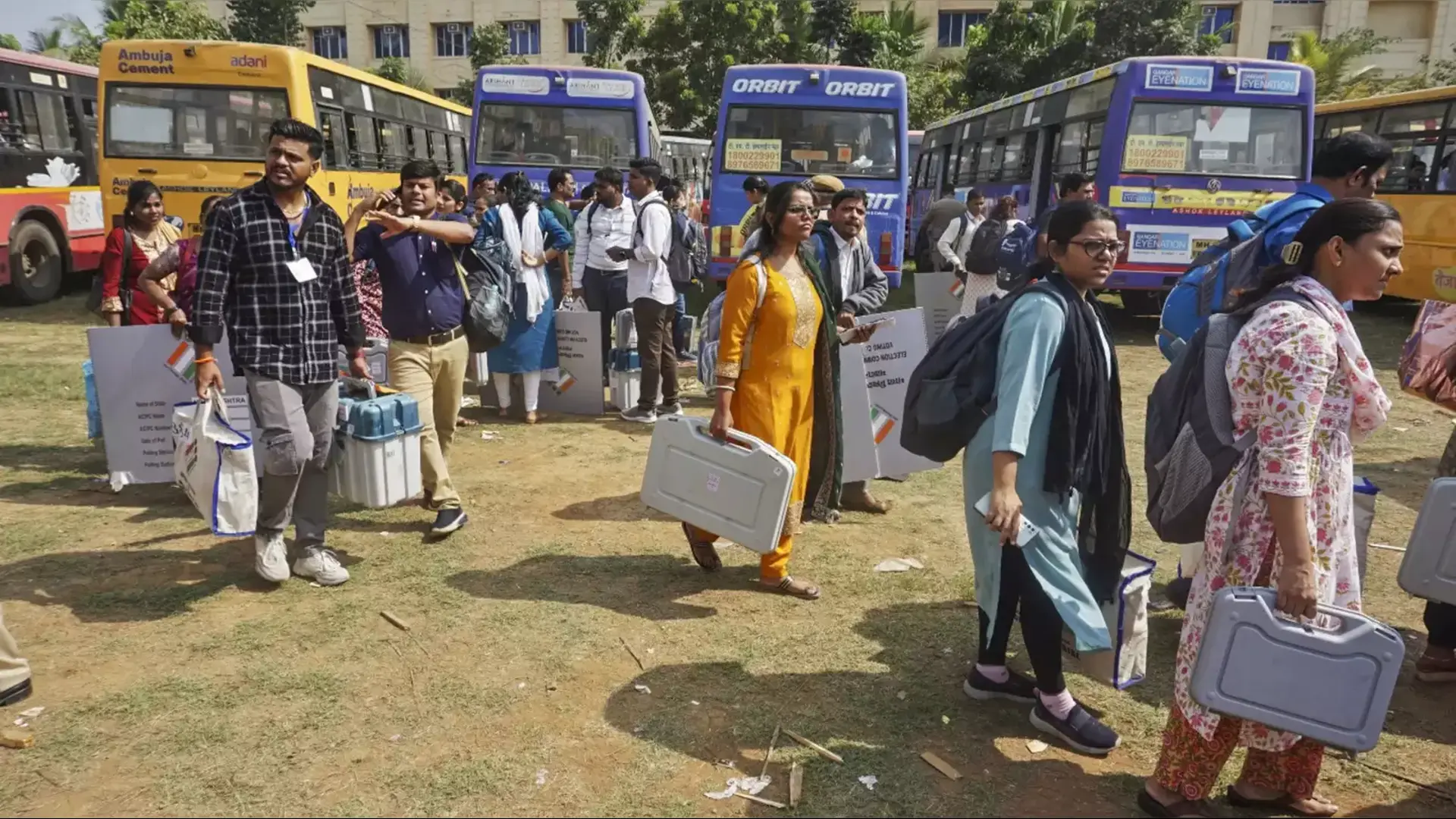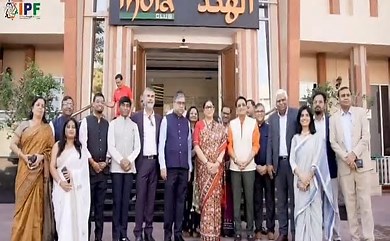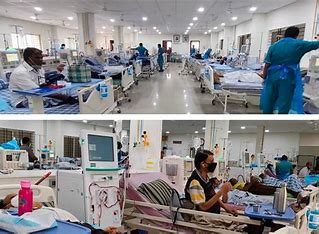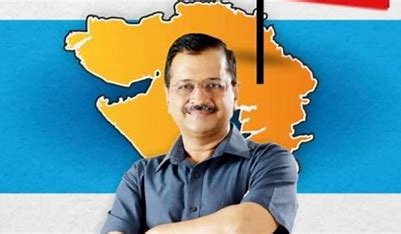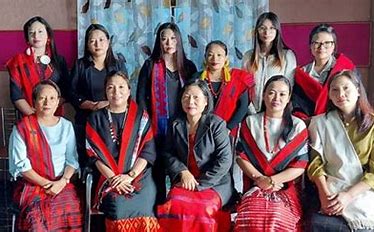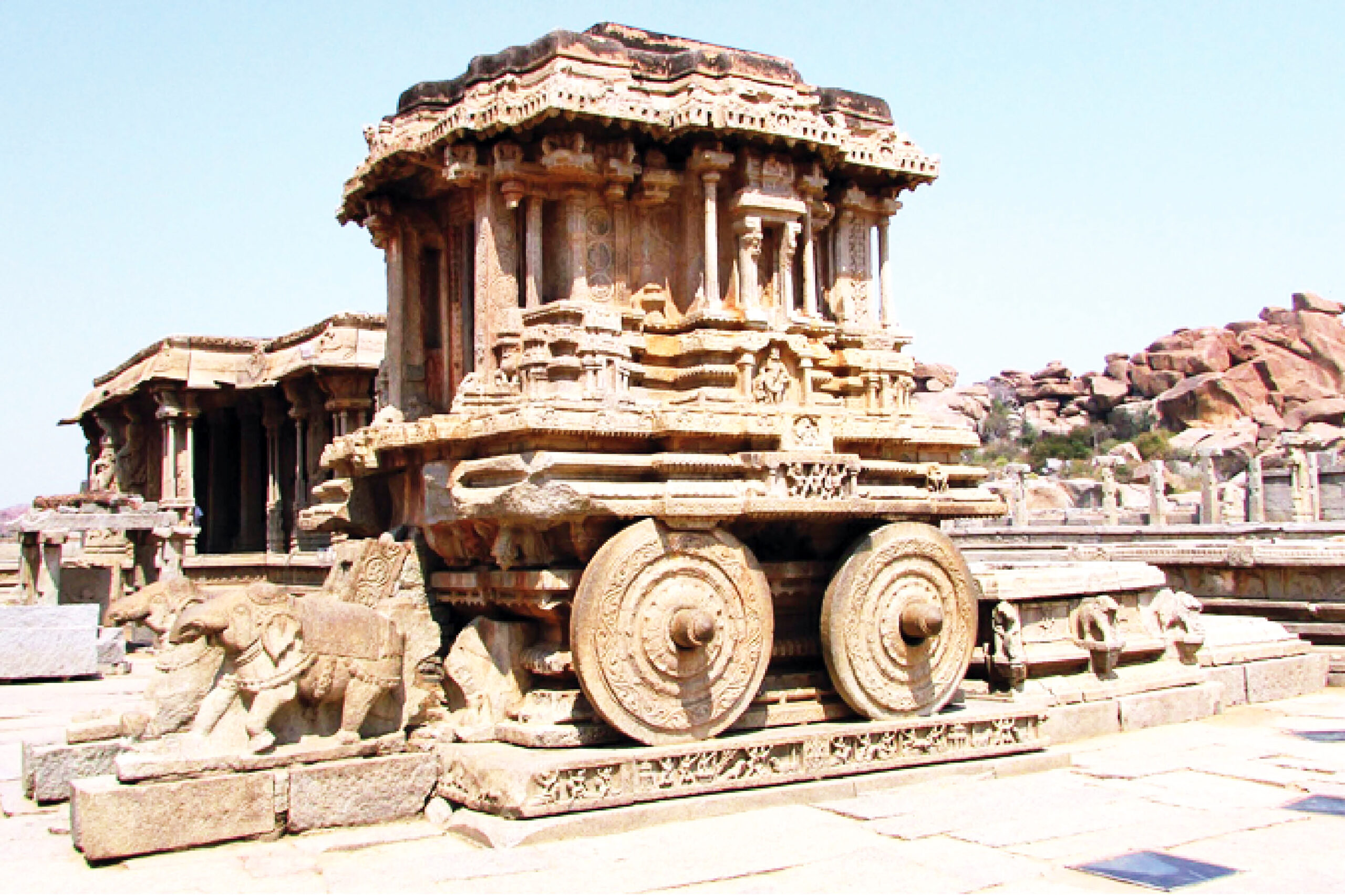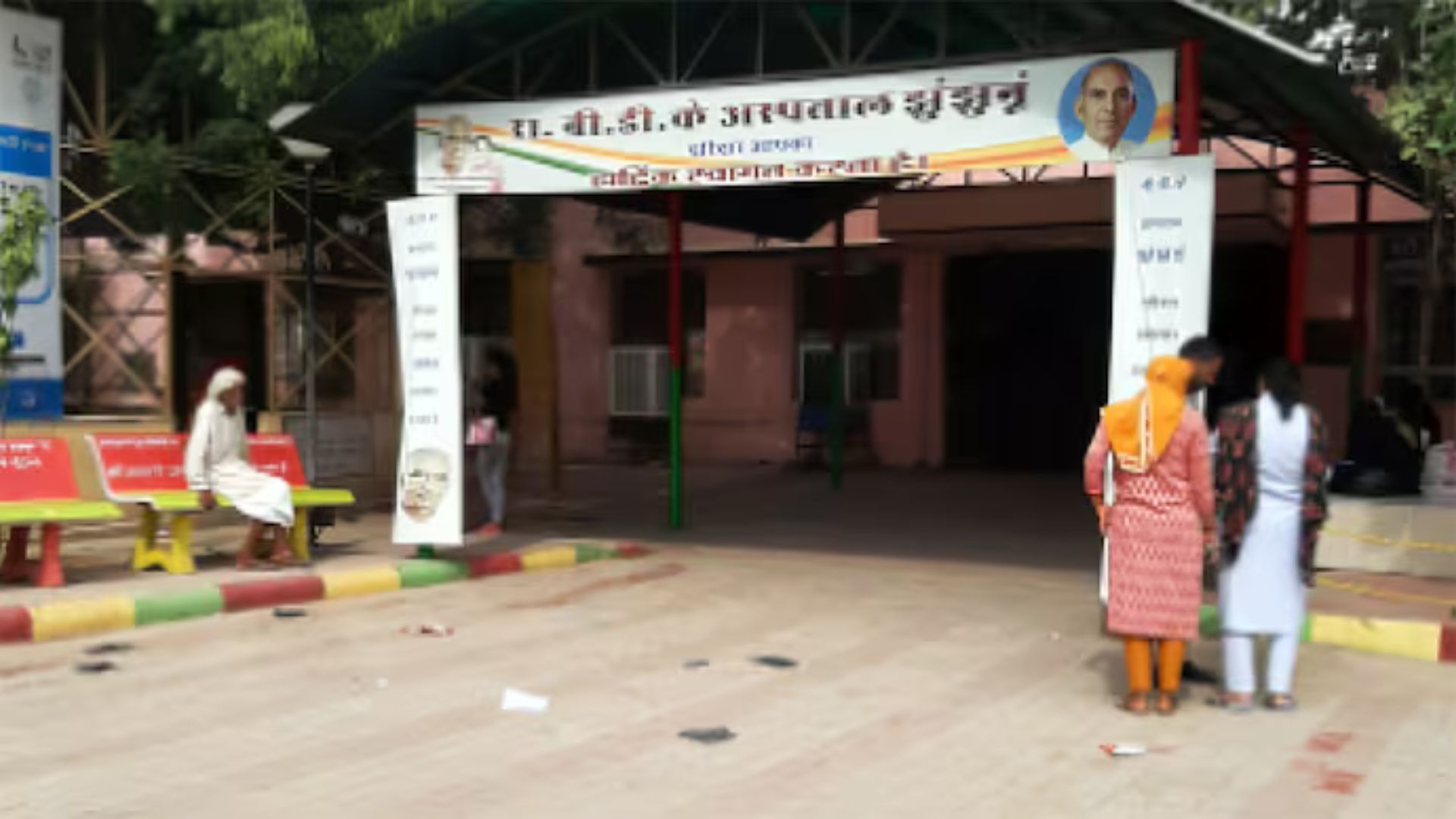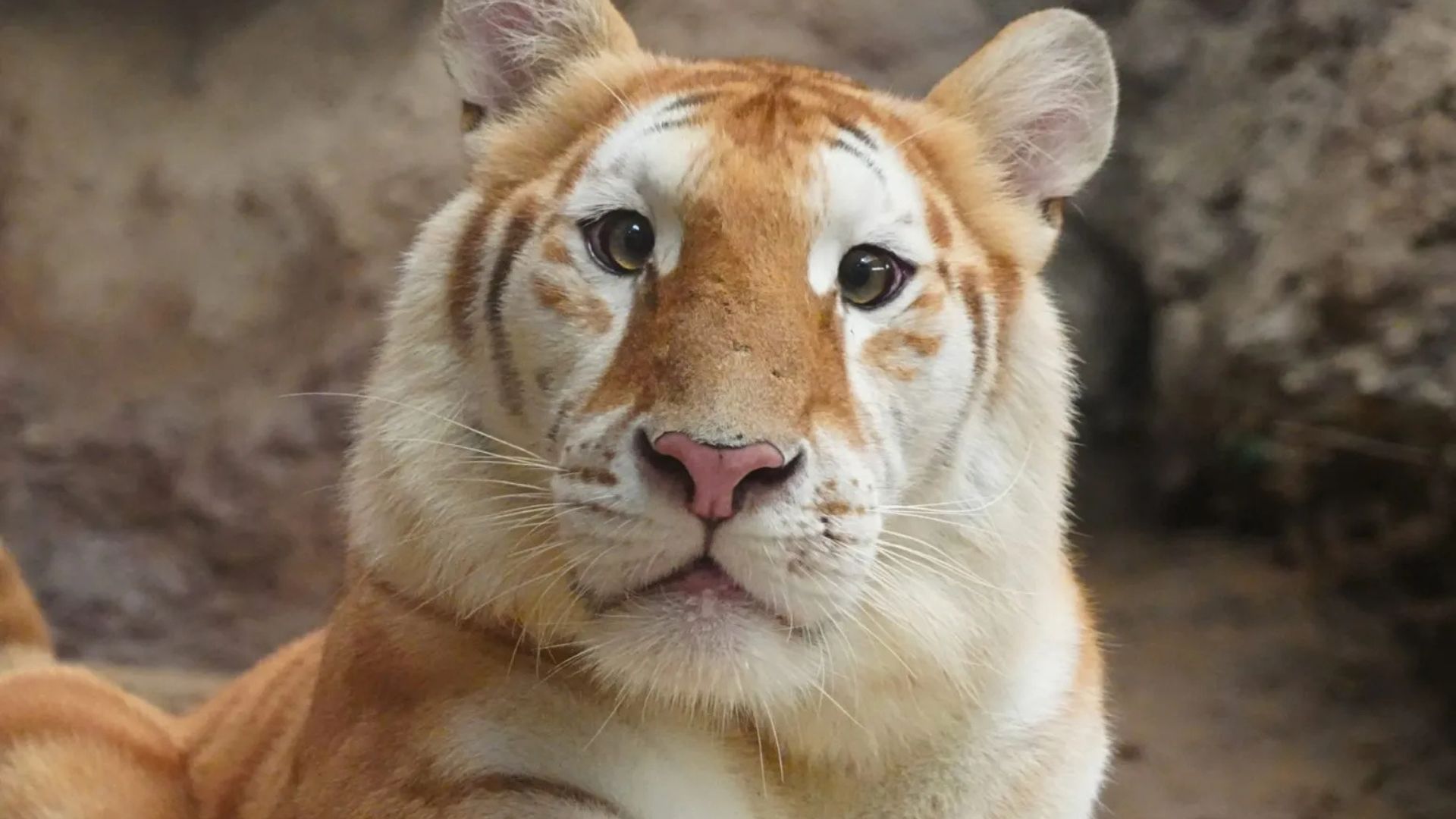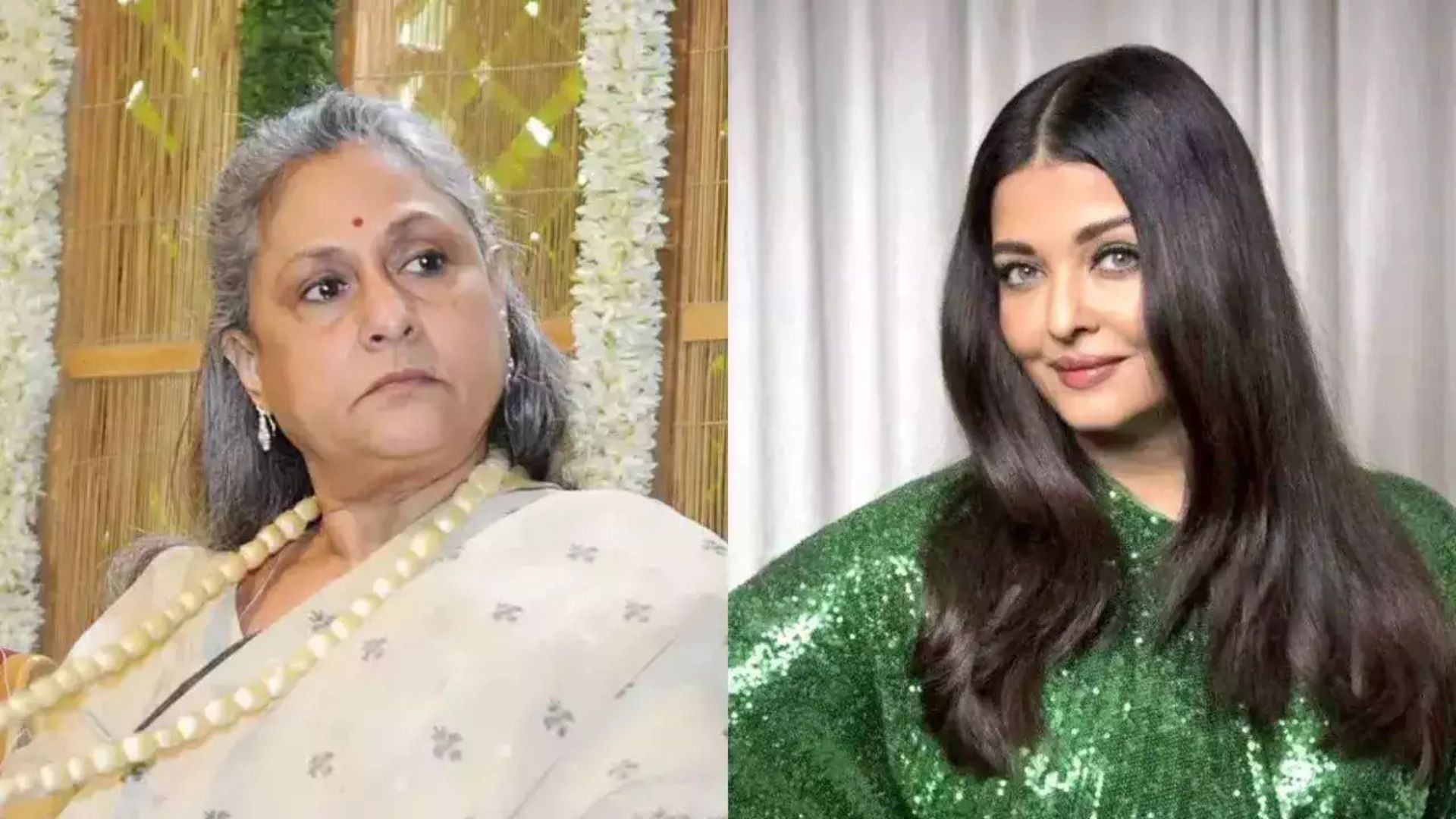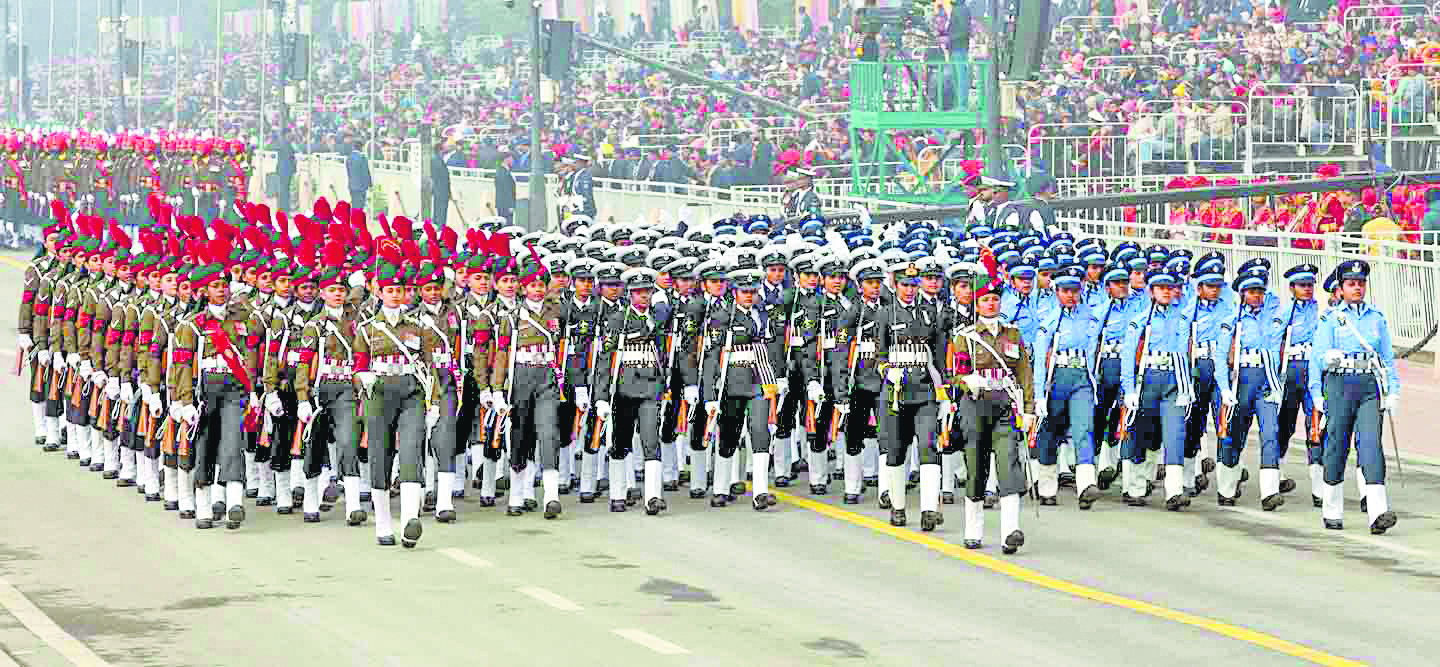
The word Republic is used to denote that a country in which the supreme power is held by the people or their elected representatives (politicians) or by an elected or nominated President not by a permanent head like the King or queen of Britain. India is one of the important republican countries of the World. In India, the Republic Day is celebrated every year on 26th January in New Delhi with great pomp and pageant.
The Republic Day is enthusiastically observed by citizens as one of the important national festivals of India. This national festival is also celebrated all over the country and all the administrative units like the capital cities, district headquarters, sub-divisions, panchayats and educational institutions with a lot of fervor.
Why 26th January?
On the 26th day in January of 1950, which is one of the memorable days in Indian history, the constitution of India came into force and India became a truly sovereign state. On that day, the people of India finally realized the dream of Mahatma Gandhi and the numerous freedom fighters those who fought for and sacrificed their lives for the independence of our motherland. The Republic Day is a national holiday of India to mark the adoption of the constitution of India and the transition of India from the British dominion to a republic on 26th January, 1950. It is always a solemn reminder of the sacrifice of the martyrs who dedicated their lives for the freedom movement and the succeeding wars.
On the Republic Day, the independence pledge of nationalists is renewed. The Republic Day is without speeches. It is the only ceremony in which rhetoric is in the background and visuals are given priority. This national festival at Delhi and the state capitals revolves around the parade in which all the Defence, N.C.C., school children and cultural groups participate followed by a display of tableaux and folk dances.
Salient features of the Constitution
After a grand struggle, India achieved her long-cherished freedom on 15th August, 1947 from the British rule. The Independence Day, August 15th is celebrated to commemorate the birth of the world’s biggest democracy as a great national festival. India was governed by a constitution, which was framed by the Britishers previously. It was the Lahore session of the Indian National Congress at midnight of 31st December, 1929, the congress President Jawaharlal Nehru announced the congress policy that Complete Independence was the goal of India.
It was to be ‘Complete freedom from British domination and imperialism´. In that historic session, Mahatma Gandhi also moved his famous resolution on ‘Purna Swaraj’. The resolution on Purna Swaraj was passed by the congress on the last day of the year 1929. The tricolour National flag, signifying independence, was unfurled by the Congress President Jawaharlal Nehru as the thunderous shouts of ‘Inquilab Zindabad´ or long live the resolution greeted the occasion from countless throats. The 26 January, 1930 was initially observed by nationalists as the day of Purna Swaraj or Complete Independence.
The nationalists also took the independence pledge on that memorable day. The pledge declared ‘freedom as the inalienable right of the Indian people´ and criticized the foreign Government for ruling India. Arising out of Gandhi’s serious thought, a pledge had been taken that every year on January 26, the Republic Day would be celebrated and that the people would unceasingly strive for the establishment of a Sovereign, Democratic Republic of India.
Although, India achieved its independence on August 15, 1947, it did not have a permanent constitution. A Constituent Assembly had been entrusted with the task of framing a new constitution for free India.
On August 29, 1947, the Drafting Committee was appointed to draft a permanent Constitution with Dr. B.R. Ambedkar as the Chairman. A Draft constitution was prepared by the Committee and submitted to the Assembly on November 4, 1947. The Assembly met, in session open to public, for 166 days, spread over a period of 2 years, 11 months and 18 days before adopting the Constitution. After many deliberations and some modifications, the 308 members of the Assembly signed two handwritten copies of the document (one each in Hindi and English) on January 24, 1950. Two days later, the Constitution of India became the law of all the Indian lands. The constitution of India came into effect only on 26th January, 1950.
Following the date January 26 ,1950, Rajendra Prasad was elected as the President of India. This was, in fact, a deliberate act signing the Constitution on 26th January, to mark and respect the freedom fighters who wanted 26th January as India’s initial Independence Day.
Hence, India finally declared herself as a Republic State on 26th January,1950.
Celebration of the Republic Day at the National Capital
To mark the importance of the occasion, every year a grand parade is held in the capital New Delhi, from the Raisina hill near the Rastrapati Bhavan (President’s Palace), along the Kartavya Path, past India Gate and on the Historic Red Fort.
The different regiments of the Army, the Navy and the Air-force participate in the parade with their finery and official decorations even the horses of the cavalry are attractively caparisoned to suit the occasion.
The President takes salute at an impressive parade. Then, he comes forward to award the medals of bravery to the people from the armed forces for their exceptional courage in the fields and also the civilians, who have distinguished themselves by their different acts of valour in different situations. The parade is followed by a spectacular tableau from different states of the country.
The Parade is also an occasion for the display of India’s military strength and a number of arms, ammunitions, tanks and fighter aircrafts, some of them indigenously developed, are paraded. The latest war weapons move slowly by the saluting base. The band plays martial tunes.
